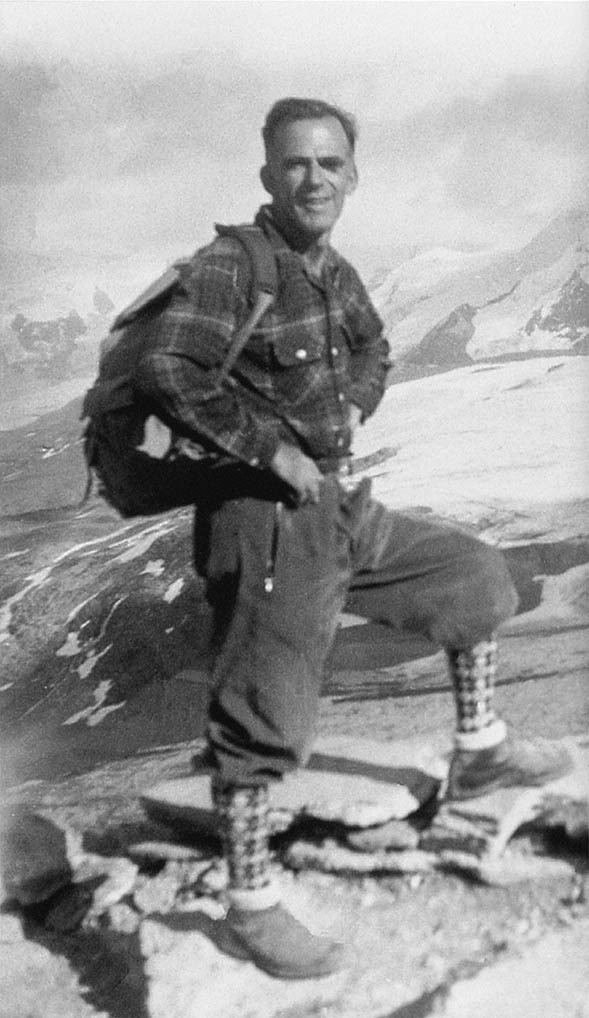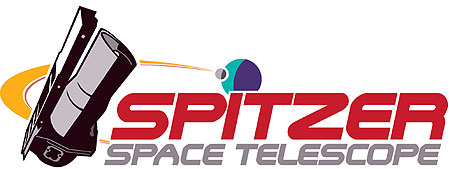Difference between revisions of "Spitzer Space Telescope"
| Line 4: | Line 4: | ||
---- | ---- | ||
| − | The Spitzer Space Telescope (SST) is an infrared space telescope launched in 2003. The planned mission was to last 2.5 years with an expectation that the mission could be extended an additional five years beyond that time when it was expected that the liquid helium cooling the instruments would run out. Two of the instruments in the IRAC camera are still in operation and can operate with the same approximate sensitivity as before the coolant ran out and these will continue to be used in what is known as the Spitzer Warm Mission. | + | The Spitzer Space Telescope (SST) is an infrared space telescope launched in 2003 named after the scientist Lyman Spitzer, Jr.[[File:lyman_spitzer_bw1_Ti.jpg]] The planned mission was to last 2.5 years with an expectation that the mission could be extended an additional five years beyond that time when it was expected that the liquid helium cooling the instruments would run out. Two of the instruments in the IRAC camera are still in operation and can operate with the same approximate sensitivity as before the coolant ran out and these will continue to be used in what is known as the Spitzer Warm Mission. |
| − | The SST is in a heliocentric orbit known as an earth-trailing orbit--it trails the earth in its orbit around the Sun. It trails at a distance such that Spitzer's sensitive instruments | + | The SST is in a heliocentric orbit known as an earth-trailing orbit--it trails the earth in its orbit around the Sun. It trails at a distance such that Spitzer's sensitive instruments aren't saturated by the IR given off by the Earth. |
| + | |||
| + | The primary mirror is 85cm in diameter (f/12) and made of beryllium. The | ||
Revision as of 15:34, 12 January 2013
Courtesy NASA/JPL-Caltech
The Spitzer Space Telescope (SST) is an infrared space telescope launched in 2003 named after the scientist Lyman Spitzer, Jr. The planned mission was to last 2.5 years with an expectation that the mission could be extended an additional five years beyond that time when it was expected that the liquid helium cooling the instruments would run out. Two of the instruments in the IRAC camera are still in operation and can operate with the same approximate sensitivity as before the coolant ran out and these will continue to be used in what is known as the Spitzer Warm Mission.
The planned mission was to last 2.5 years with an expectation that the mission could be extended an additional five years beyond that time when it was expected that the liquid helium cooling the instruments would run out. Two of the instruments in the IRAC camera are still in operation and can operate with the same approximate sensitivity as before the coolant ran out and these will continue to be used in what is known as the Spitzer Warm Mission.
The SST is in a heliocentric orbit known as an earth-trailing orbit--it trails the earth in its orbit around the Sun. It trails at a distance such that Spitzer's sensitive instruments aren't saturated by the IR given off by the Earth.
The primary mirror is 85cm in diameter (f/12) and made of beryllium. The
